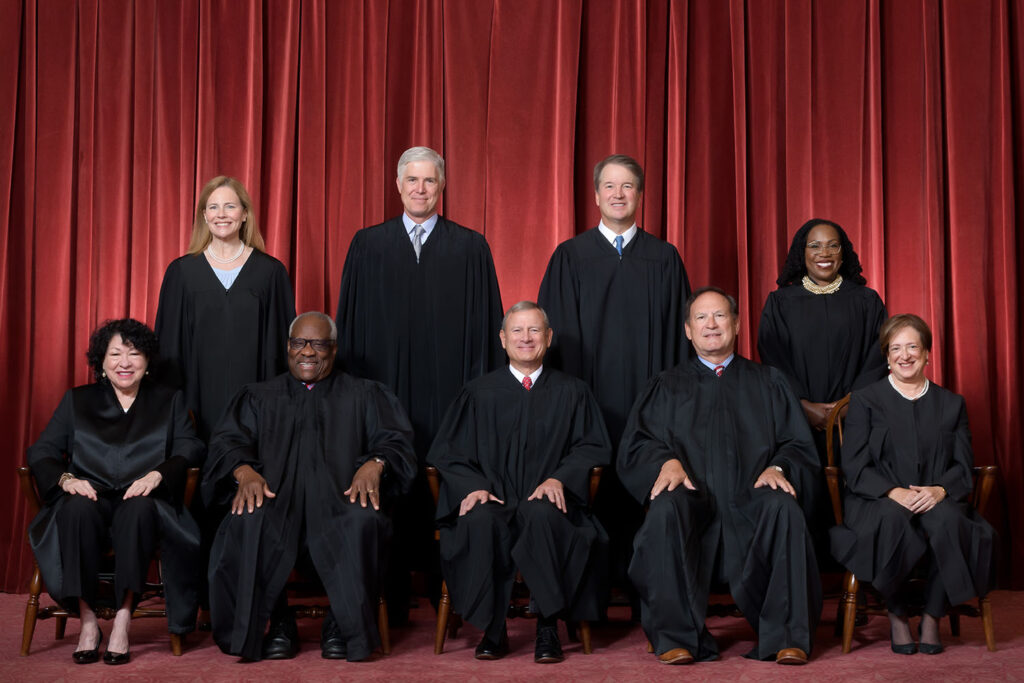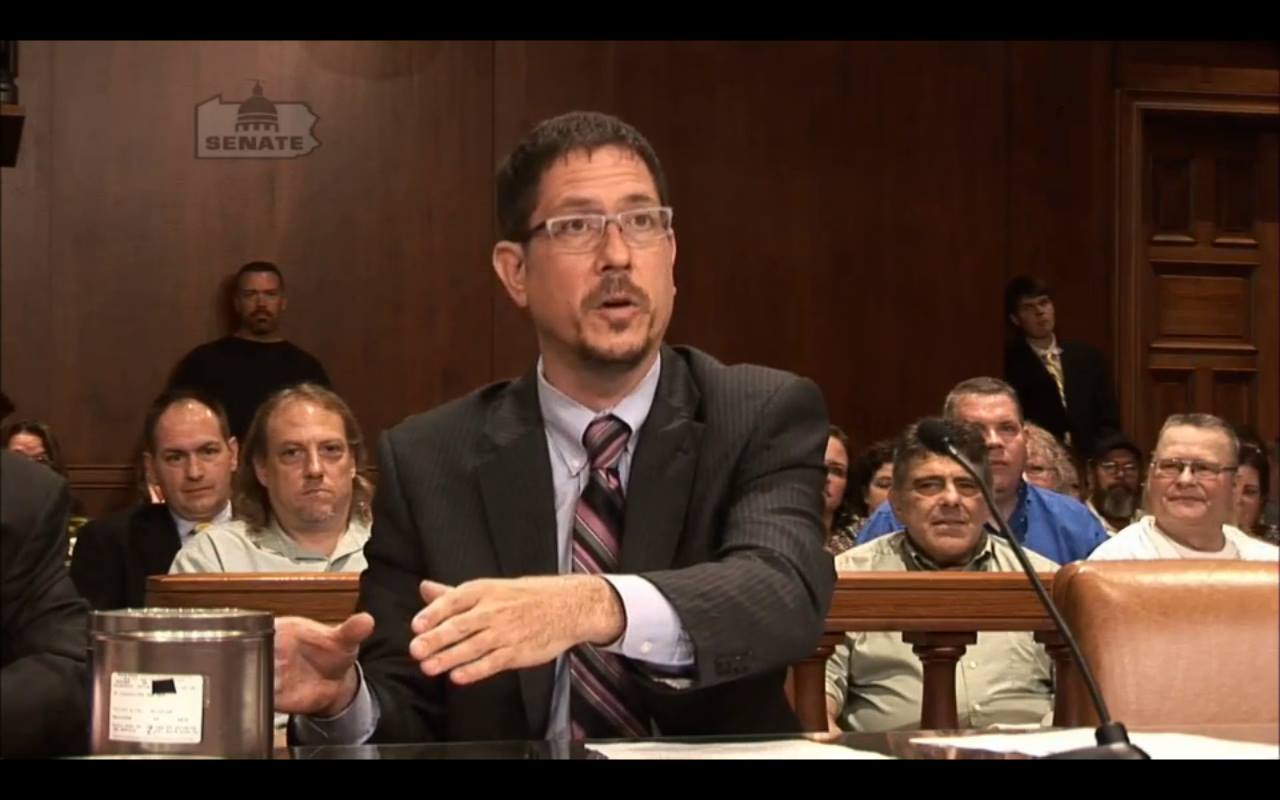Demystifying the Process of Federal Appeals: What You Need to Know
Navigating the detailed realm of government charms can frequently feel like going across undiscovered waters for those not familiar with the process. Comprehending the nuances of appellate court territory, the complexities of submitting a notice of appeal, offering a compelling quick, and making an influential dental debate are essential elements that can dramatically influence the outcome of an instance. By deciphering the layers of complexity bordering government appeals, individuals can gain a clearer understanding right into the mechanisms that govern this vital phase of the lawful system.
Recognizing Federal Appeals Process
Looking into the intricate realm of the federal appeals procedure introduces a organized and methodical trip with the judicial system - top federal crime appeal lawyer ohio. Federal charms offer as an important system for assessing decisions made by lower courts. Recognizing this procedure is essential for any individual associated with lawful process at the government degree
The procedure commonly starts with a celebration dissatisfied with a lower court's ruling filing a notice of charm. This sets off an evaluation by a greater court, where a panel of judges evaluates the lawful arguments presented by both parties. Briefs describing the legal reasoning behind each celebration's placement are sent, and oral disagreements may be heard to make clear complicated concerns.
The appellate court's choice is based on a detailed exam of the lower court's process and the debates provided. As soon as the appellate court gets to a choice, it can attest, turn around, remand, or change the reduced court's judgment, providing quality and finality to the legal disagreement.
Appellate Court Jurisdiction Described

Appellate courts have jurisdiction over certain kinds of cases, typically those involving legal errors, step-by-step concerns, or questions of law as opposed to factual disputes. The jurisdiction of appellate courts is generally described in laws and regulations that govern the court system. Comprehending appellate court territory is critical for parties associated with the appeals process as it determines whether a case is qualified for review and the extent to which the appellate court can intervene in the lower court's decision.
Declaring a Notice of Appeal
The initial action in commencing the government charms process involves filing a Notice of Appeal with the appropriate appellate court. top federal crime appeal lawyer ohio. This crucial record formally alerts the court and the other events associated with the situation that the appealing celebration intends to look for a review of the reduced court's decision. Submitting a Notice of Allure is a strict step-by-step demand that establishes the appellate process moving
When preparing the Notice of Appeal, it is essential to make sure compliance with the certain guidelines and standards of the pertinent appellate court. The paper has to typically include information such as the case name, the reduced court's name, the day of the judgment being appealed, and a concise declaration indicating the premises for the allure.
When see here now submitting a Notification of Allure,Timeliness is of the significance. Missing out on the target date for sending this paper can lead to the charm being rejected, highlighting the importance of exact and prompt initiation of the charms procedure. It is advisable to seek lawful advice to navigate the complexities of filing a Notification of Allure properly.
Instruction and Dental Disagreement
In the appellate process, offering created briefs and taking part in dental arguments play critical functions in supporting for the appealing party's placement prior to the appellate court. Briefs are extensive legal files that describe the celebrations' debates, lawful authorities, and analysis sustaining their placements. These written submissions offer the court with an in-depth understanding of the truths of the situation, the relevant law, and why the appealing party believes the lower court's decision ought to be overturned.
Complying with the submission and review of the briefs, oral arguments offer the events a possibility to more clarify their placements, attend to any type of concerns the appellate judges may have, and highlight bottom lines from their written briefs. Dental debates are a possibility for the attorneys to persuade the courts via spoken advocacy and responses to questions from the bench.

Getting the Appellate Court Decision

Final Thought
Finally, the federal charms procedure is a complicated yet crucial action in looking for justice. Understanding the appellate court territory, filing a notification of appeal, preparing briefs, and providing oral disagreements are all vital elements of this process. Inevitably, receiving the appellate court decision can give quality and resolution to legal disputes. It is essential to browse the federal appeals process with persistance and focus to detail to achieve a fair result.
As we progress from understanding the federal charms process to exploring the ins and outs of appellate court territory, a basic facet comes to light pertaining to the authority and limits of these higher courts in the lawful landscape. Appellate court territory refers to the extent of instances that a certain appellate court has the power to decide and review upon. Unlike trial courts that listen to situations for the initial time, appellate courts are restricted to reviewing decisions made by lower courts. Comprehending appellate court territory is vital for events included in the appeals process as it establishes whether an instance is qualified for evaluation and the degree to which the appellate court can intervene in the reduced court's choice.
Whether the appellate court verifies, reverses, or remands the lower court's choice, comprehending the implications of the ruling is critical for all events included in the appellate process.